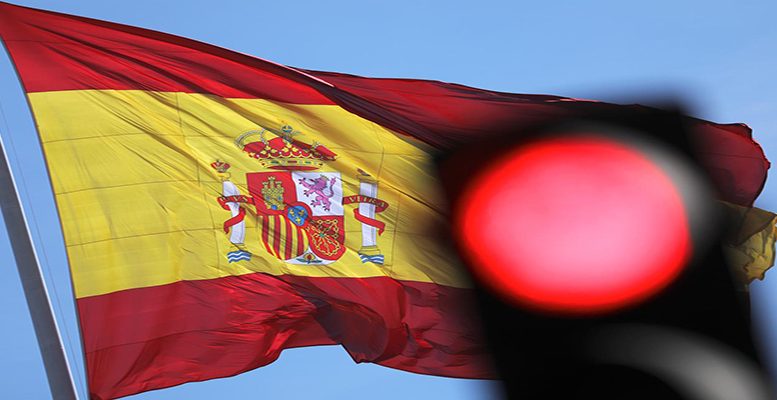The Spanish economy recorded a historic decline in GDP of 10.8% in 2020, a figure which is an improvment of 0,2% over that previously forecast by the National Statistics Institute (INE). It had predicted a fall of 11%, although not all the indicators were available at the time.
So, in line with these new sources of information, the Statistics Department has updated the data for both the fourth quarter and the previous quarters of 2020. And there have been some surprises: quarterly growth in the summer months (July-September) was 17.1%, seven tenths of a percentage point higher than estimated. Meanwhile, in the fourth quarter the economy did not grow (0.0%) despite the fact that initial forecasts flagged a rise of 0.4%.
At the same time, the decline initially published for the first quarter of last year (-5.3%) has been somewhat higher, at 5.4%. However, the estimate for the second quarter (-17.9%) has been moderated by one tenth of a percentage point, now standing at -17.8%.
Taking all this into account, the result is that the Spanish economy contracted in 2020, the year of Covid, by 10.8%, compared to the -11% previously calculated.
Until now, the largest annual decline in Spanish GDP had been recorded in 2009, in the midst of the financial crisis, with a drop of 3.8%. However with the Covid-19 crisis all records have been beaten and 2020 has been the worst year for GDP since the beginning of the registers in 1970. It is also the first annual contraction in GDP since 2013, when it fell by 1.4%.
On a year-on-year basis, GDP in the fourth quarter contracted by 8.9% (-9.1% in the preliminary data), compared to a decline of 8.6% in the previous quarter.
On the other hand, domestic demand continued to recover during the last quarter of the year, with growth of 0.4%. All of its components recorded a positive contribution, with the exception of housing and construction. Intellectual property products, gross capital formation and general government consumption all registered a significant contribution.





